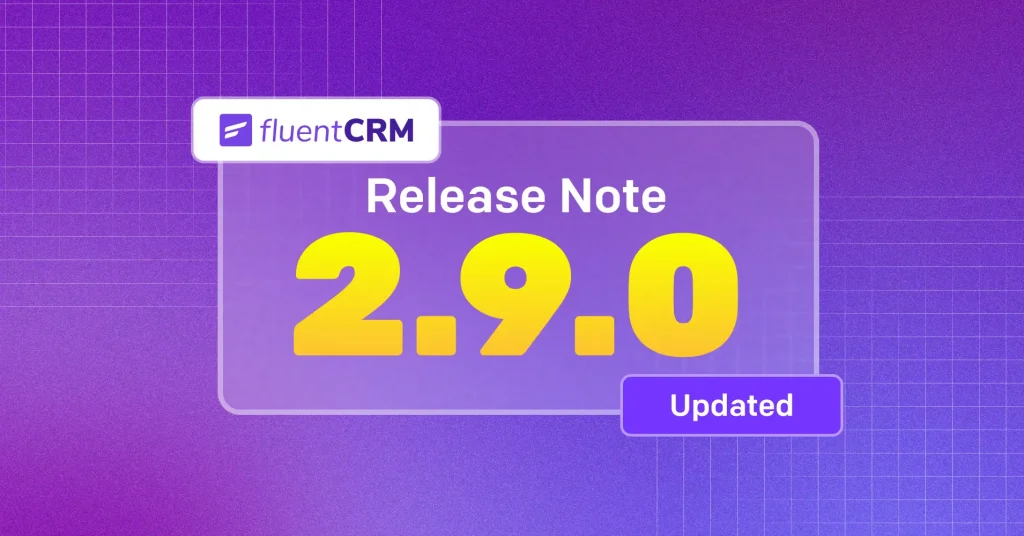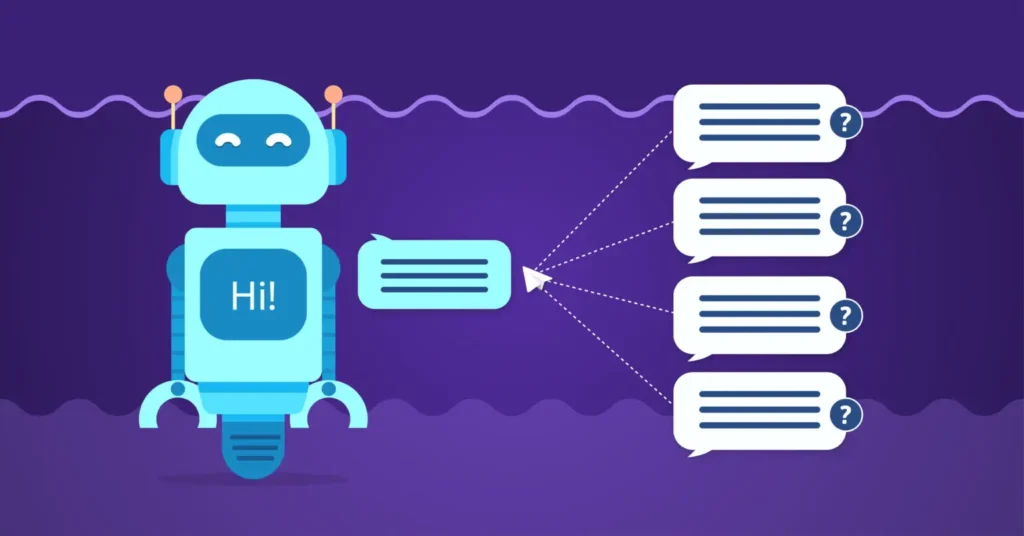
Do you ever wonder why your emails aren’t converting?
Well, if you’re as enthusiastic about internet marketing as we are, it’s almost obvious that you’ve spent many sleepless nights asking this question.
Now, if you’ve kept digging in, you’ve found hundreds of answers. But whether you’ve found it or not, you can’t deny that email marketing isn’t as easy as it was before.
Why?
An average internet user receives about 121 emails per day. Leave out the conversion talk; it takes something special to even get noticed in an internet user’s email inbox.
And how can you get noticed?
– Email personalization!
Best email personalization techniques you can use
Email personalization is the process of gathering information about your subscriber’s personal preferences to tailor targeted emails to them. Most marketers know the importance of email personalization. But only a few use effective email personalization techniques. And that’s exactly why email personalization is a genuinely effective marketing tactic.
It works because relevant messages often trigger the audience into opening and reading an email. This gives your message an upper hand over those 121 marketing emails that the audiences are getting every day. Thus, increasing the possibility of conversion.
Ready to use email personalization?
Let’s begin!
1. Segment your contacts
Even though marketers know just how effective email personalization can be, many aren’t using them. This is mainly due to having a lack of information about customers. In an Evergage survey, around 55% of marketers said they don’t have enough data to implement effective marketing personalization.
To personalize your emails, you need to gather actionable data about your audience and create meaningful audience groups, aka segments.
Frankly speaking, using someone’s name isn’t personalization anymore. Yes, it improves open rate and CTR, but there are more innovative ways to personalize emails, beginning with segmenting your audience.
Now, there’s no perfect way to segment your contact list. The key lies in identifying the segments that align with your email marketing goals. Here is some popular audience segmentation technique you can take inspiration from:
Demographic segmentation
Does it make sense to offer men’s clothing to women unless it’s Valentine’s season? It rarely does. And that’s where demographic segmentation comes in. Demographic segmentation is about gathering your audience’s general information such as age, gender, income, education, and marital status. With such information, you can personalize your email according to your customer’s demographics.
Geographic Segmentation
Another popular segmentation method is identifying your audience’s location, such as country, state, city, town, etc., with geographic segmentation. Geographic location plays a vital role because buying habits can vary depending on the culture. Besides, the languages can also vary in different parts of the world. Hence, brands with international customers should utilize geographic segmentation to offer the right products and better communicate with customers.
Psychographic Segmentation
Not all of your customers have the same lifestyle or attitude. And that’s where psychographic segmentation comes in. Psychographic segmentation is about categorizing your audience according to their personality, attitude, lifestyle, social status, and interests.
Technographic Segmentation
Technographic segmentation has become popular in recent years because people use various technologies to communicate and access services. Now people can use mobile phones, tablets, laptops, or desktops to communicate with your brand. And if you don’t optimize your emails for different devices, they are less likely to be opened, let alone converting into sales. Besides, if you’re selling digital products, your audience’s technological expertise will also play a crucial role in the conversion rate.
Behavioral Segmentation
Behavioral segmentation includes your audience’s attitude, use case, and knowledge of your product or brand. It also includes their behavior and buying tendencies. With behavioral segmentation, you can personalize your emails based on your audience’s behavior towards certain aspects.
For example, if you’re a retailer, most of your customers will be interested in buying products during festive sales campaigns. You can create a segment of such audiences to send holiday offers and achieve maximum conversion!
Needs-based Segmentation
Your business can have a wide range of target audiences. But not everyone will need every product, and not every product will create the same level of demand among customers. Need-based segmentation comes in such a scenario. This will help you create separate need-based audience groups based on your products and services.
Value-based Segmentation
Would you treat a returning customer the same way you treat your one-time customers? Returning customers, high-value customers are more valuable to a brand, and they need special treatment from brands.
That’s where value-based segmentation comes in. The value-based segments are based on the economic state of your customers. It will help you create different audience groups based on your audience’s financial possibilities, such as willingness to spend, lifetime expected revenue, and many more.
Not sure how to pull off these segmentation goals?
👉 Check out our easy email segmentation strategies!
2. Individualize emails
Once you’re done with segmentation, it comes down to personalizing the emails. Including your audience’s name or figuring out their gender is the bare minimum you can do. But today’s email personalization requires way more creativity. Therefore, you need to gather information about your customers.
How can you gather information?
– Ask questions!
You can use forms and surveys to ask as many questions as you want. While it might seem that you’re expecting too much from your audiences, a free resource can easily get the job done!
Before asking your audience, you can take inspiration from Grammarly.
Grammarly is a content writing tool. From students to employees, everyone writes content. But their purpose may be different than each other. Hence, Grammarly asks a few questions to understand their audience better and personalize the overall experience when someone signs up on their website.
Similarly, you can ask questions to learn more about your audience. Once you’ve got enough information, email personalization gets easier. The rest is down to your creativity. Try to figure out the creative ways you can use this information to trigger your audiences and tailor personalized emails, and you’ll be able to maximize your email marketing potential!
3. Email preference management
Conversion is one thing; what if your emails don’t make it to your user’s inboxes?
Sounds interesting?
Many email clients have introduced various tabs to differentiate between important emails and promotional emails. However, users generally spend more time on the primary tab. While marketing emails are crucial for the money game, they often end up reaching the promotional tab.
Hence, these emails won’t get opened. So if you’re only sending marketing emails, you’re risking your emails going to spam.
To tackle this problem, some brands have enabled their users to manage what emails they would like to receive and what they don’t. This enables users to keep a clean, junk-free inbox while receiving essential emails from the brands. On the other hand, this allows brands to personalize emails based on the interests of the audience.
Suppose someone does not want to receive promotional offers; you can share content to attract and engage them. This will enhance the audience’s experience with your brand and help you build excellent relationships through personalized communication.
4. Behavior-based emails
Yet to figure out the best time to engage with your audience?
Let us help you out; the best time to engage with the customers is right after they have tried to interact.
It is a good practice to send a welcome email when someone has just signed up to receive emails from you. This also indicates that you can reach out to your audience with personalized emails once they have tried to do something on your website.
Another example can be a discount on something you were browsing. This is a more sophisticated type of behavior-based email called cart abandonment email. Behavior-based emails trigger based on your audience’s actions. So it gets easier to impress your audience with behavior-based emails.
Check out the video below to learn how Augustine MAK made over $5000 in two months by setting up abandonment cart emails:
5. A/B test emails
Have you ever heard of split testing? That’s the same term as A/B testing. The method isn’t anything complicated. But it can be a fantastic way to understand your audience’s behavior towards your emails.
To do an A/B test, you’ll need to write two or more emails with different subject lines. With a little more sophisticated marketing tool, you can go beyond subject line split-testing and test entire email bodies. This will help you understand what’ll generate higher CTR and revenue.
6. Use conditional email content
Email personalization is about taking your emails beyond the traditional one-size-fits-all approach. But doing so is going to be complicated. From building your email list to segmentation and crafting personalized emails, it isn’t going to be a walk in the park.
Whenever you think about email personalization, a horde of email templates starts to appear. But it doesn’t have to be the case. Writing countless email templates isn’t an easy task, and that’s where conditional email content comes in. With conditional email content, you can write a single email with multiple conditional content blocks to personalize your emails for different groups in an email campaign.
If you’re a FluentCRM user, here’s a guide showing how you can write just a single email that’s personalized for multiple audience groups.
7. Personalize sender details
We often preach that personalization is the most decisive conversion-oriented tactic in this blog, and that’s why we couldn’t not tell you the importance of personalizing sender details. So why does personalization work?
Yes, we’ve written an entire blog post explaining the importance of personalization. But in the end, you’ve got to make it feel human. Even if your emails speak to your audience’s pain points, they wouldn’t feel human without a real person involved. People will easily understand that they are just autoresponders set up with bots. And that’s where sender detail personalization comes in.
In order to give your company a face and a personality, you need to personalize sender details. And no, don’t make it look like a marketer trying to push clients into the bottom of a sales funnel; speak a language your audience wants to hear from you and sound human.
Over to you!
So that wraps it up. If generic emails really were the only way to go, there wouldn’t be so many unopened emails. Email is a really powerful channel, and personalization makes them incredibly efficient.
We’ve shared some of the most efficient and proven email personalization techniques, but that doesn’t mean you can’t come up with your own. So head to your CRM or email marketing automation tool right away and gather everything that helps with email personalization.
A marketing automation tool can be way more potent than what it might be doing for you at the moment. So never be afraid of brainstorming ideas that will shape your brand; only then you’ll be able to experience beautiful dreams without the worry of a poor email conversion rate.










Leave a Reply